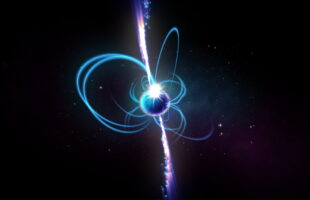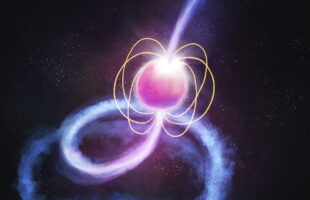On the march toward nanohertz gravitational waves using millisecond pulsars
June 28, 2022Dilpreet Kaur, a PhD candidate at ICRAR-Curtin, has recently used telescopes in Australia and India to conduct research relating to detecting gravitational waves using an array of pulsars.

Mysterious object unlike anything astronomers have seen before
January 27, 2022A team mapping radio waves in the Universe has discovered something unusual that releases a giant burst of energy three times an hour, and it’s unlike anything astronomers have seen before. The team who discovered it think it could be a neutron star or a white dwarf—collapsed cores of stars—with an ultra-powerful magnetic field.

Outback radio telescope discovers dense, spinning, dead star
April 21, 2021Astronomers have discovered a pulsar—a dense and rapidly spinning neutron star sending radio waves into the cosmos—using a low-frequency radio telescope in outback Australia.
